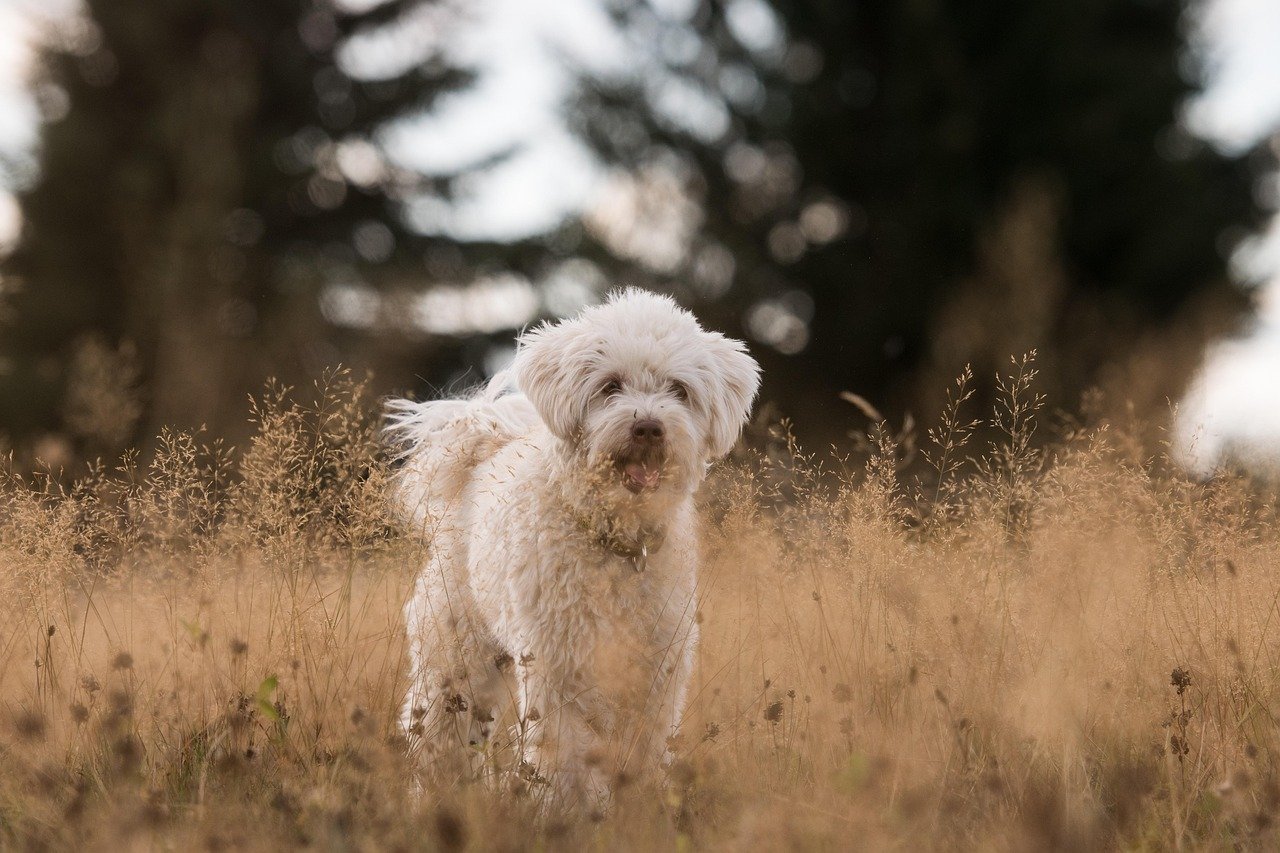Have you ever walked past a dog in the park and felt your heart break just a little? Maybe it was the way the leash jerked, or how anxious the pup looked. The sad truth is, not every dog owner deserves the wagging tail that greets them at the door. For every loving, responsible dog parent out there, there are a few who just don’t get what it means to care for a furry companion. Spotting a bad dog owner isn’t about judgment—it’s about protecting those who can’t speak for themselves. Whether you’re a seasoned dog lover or new to the world of canine companionship, understanding these warning signs can make all the difference for dogs everywhere. Ready to see what separates the good from the downright neglectful? Let’s dive right in.
Neglecting Basic Needs
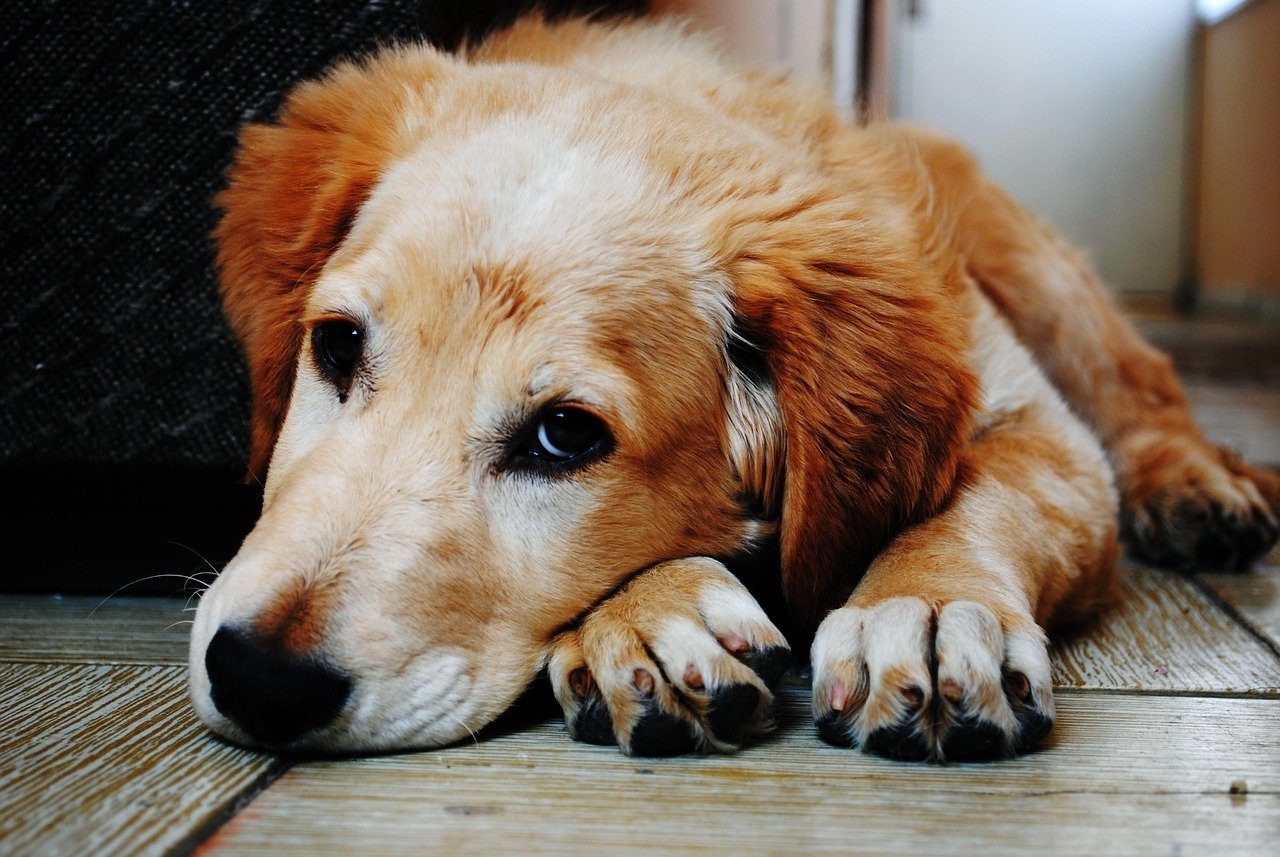
Dogs, like people, have essential needs. Food, clean water, and adequate shelter aren’t just nice-to-haves—they’re survival basics. A bad dog owner often overlooks these, leaving their dog with an empty bowl, dirty water, or no shelter from rain and heat. If you ever spot a dog that’s skinny, thirsty, or shivering outside for hours, it’s a red flag. It’s heartbreaking, but neglect can be as simple as forgetting to refill a water dish.
Some owners might also ignore regular feeding times or choose the cheapest, lowest-quality food out there, missing the importance of a balanced diet. This isn’t about spoiling a dog with treats, but about meeting the minimum standards of care. If you see a dog looking lethargic or constantly scavenging for scraps, chances are, their owner isn’t prioritizing their well-being.
Lack of Exercise
Dogs aren’t meant to sit around all day. They need exercise not just for their bodies, but also for their minds. A bad dog owner might keep their pet cooped up indoors or chained in the yard with hardly any walks. The signs are easy to spot: restless pacing, barking at every little thing, or destructive chewing are all cries for help.
You can often tell a lot about an owner by how often you see them out with their dog. Is the leash gathering dust? Are their shoes suspiciously clean? If a dog is always bouncing off the walls with pent-up energy, it’s usually a sign that their owner treats them more like furniture than a living, breathing friend. Dogs need to move, sniff, and play—it’s in their DNA.
Ignoring Medical Care
Responsible owners make sure their dogs see the vet regularly. Bad owners, on the other hand, might skip vaccines or ignore obvious health problems. You might notice a dog with matted fur, untreated wounds, or a persistent limp. Sometimes, the neglect is less visible—like never giving flea or tick prevention, or letting teeth rot away.
It’s shocking how quickly small health issues can become big ones when ignored. A dog with untreated ear infections or an old collar that’s too tight is silently suffering. If you see a dog scratching constantly or smelling unusually bad, it could be a sign that their owner just can’t be bothered with a trip to the vet.
Poor Socialization
Dogs are social creatures by nature. A bad dog owner often fails to give their pup the chance to interact with other dogs or people. Maybe they keep their dog isolated in the backyard, or yell and yank the leash whenever another dog approaches. Over time, this leads to fear, anxiety, or even aggression.
Poorly socialized dogs often bark excessively, cower, or lash out. It’s not their fault—they simply haven’t had the chance to learn the ropes. Owners who don’t invest in their dogs’ social skills are setting them up for a lifetime of stress. If you see a dog that’s terrified of strangers or other pets, it’s a sure sign that their owner isn’t doing their job.
Inconsistent Training or Discipline
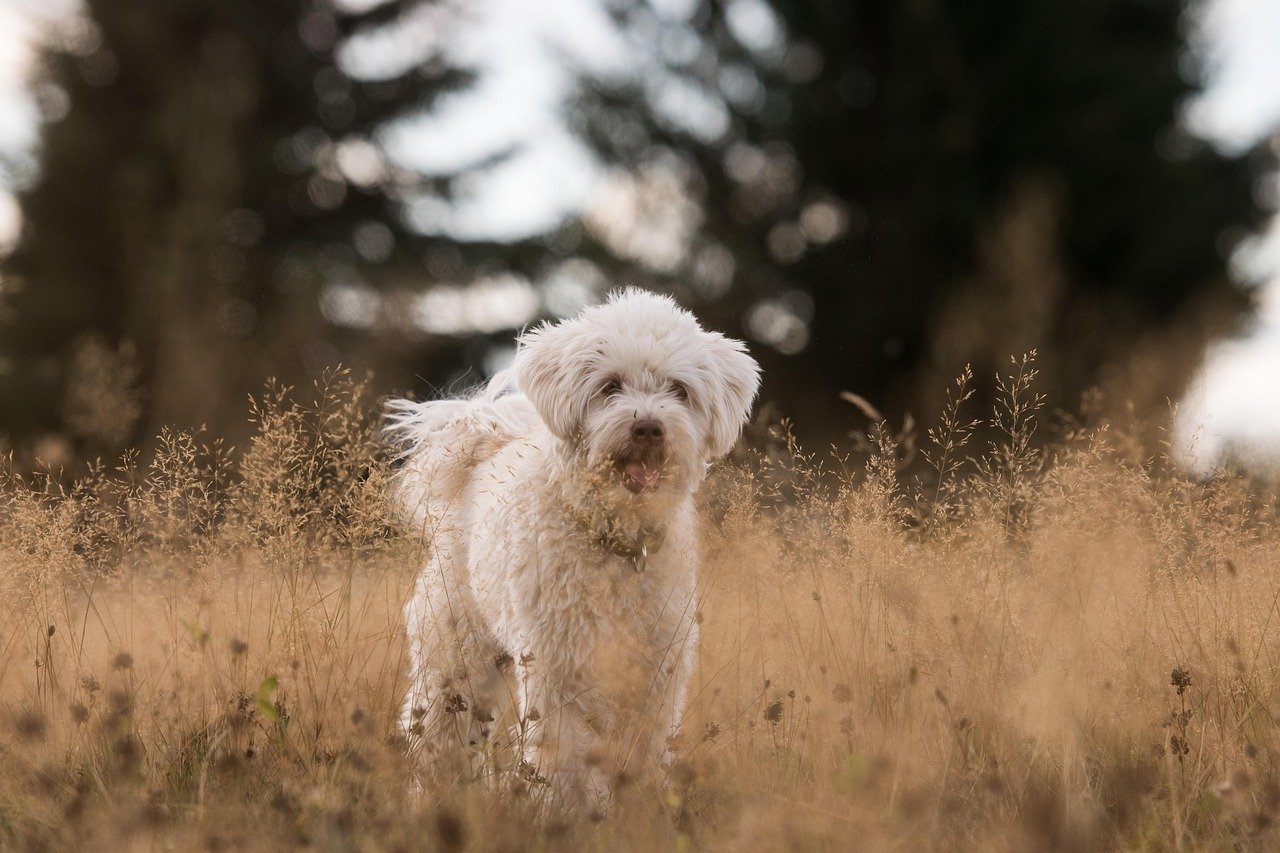
Training is more than just teaching tricks—it’s about setting boundaries and building trust. Bad dog owners often punish harshly one day and ignore bad behavior the next. This confuses dogs, making them anxious or even fearful. One minute they might be scolded for jumping up, the next it’s ignored or even encouraged.
Dogs crave structure, and inconsistent discipline leaves them lost. You’ll notice dogs that seem nervous, always watching their owner for the next unpredictable outburst. Or maybe a dog that pulls on the leash, jumps on people, or barks incessantly—these behaviors don’t come out of nowhere. Inconsistent owners fail to provide the leadership their dogs need.
Leaving Dogs Alone for Long Periods
Dogs are pack animals—they need company. Bad dog owners may leave their dogs home alone for ten or twelve hours a day, with nothing but silence for company. The signs? Separation anxiety, destructive chewing, or even soiling the house. It’s not that dogs can’t be alone, but too much isolation is downright cruel.
You might hear the heartbreaking howl of a lonely dog echoing through the neighborhood. Or see a dog pressed against the window, waiting desperately for someone to come home. Extended loneliness can break a dog’s spirit, and no animal deserves that kind of solitude.
Failure to Clean Up After Their Dog
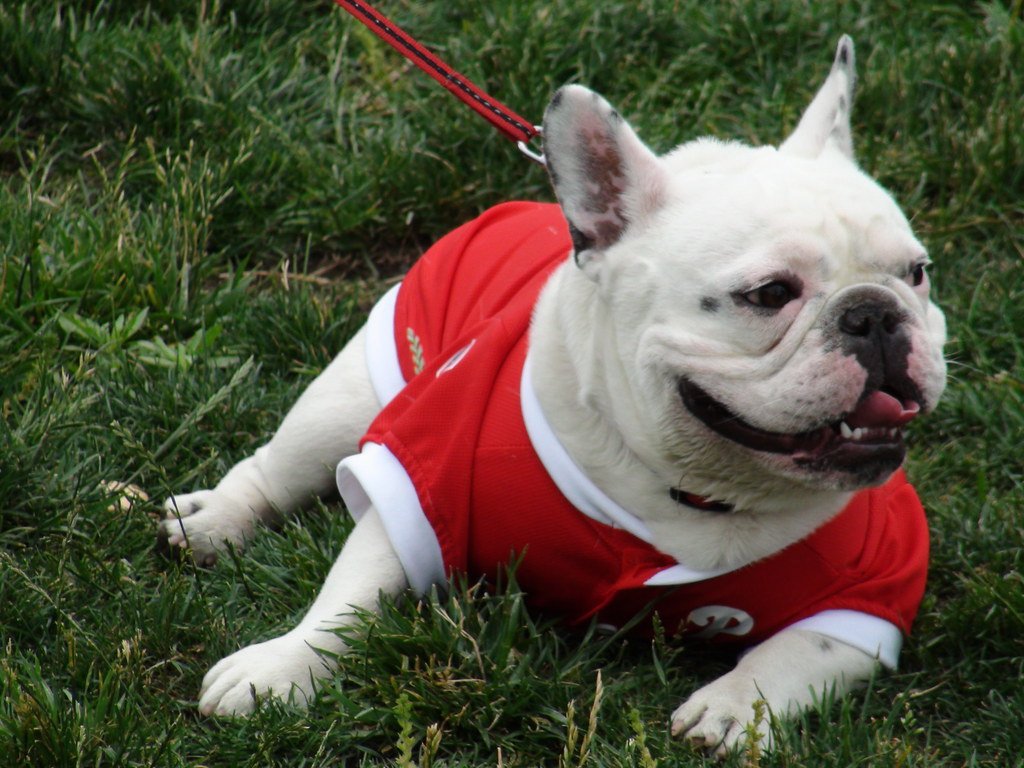
It might seem minor, but not picking up after your dog says a lot about an owner’s attitude. Bad dog owners leave messes behind in the park or on sidewalks, showing a lack of respect for others and for their own pet. It’s not just rude—it’s a public health risk.
Stepping in dog poop is unpleasant, but it also spreads disease and attracts pests. Owners who shrug and walk away are basically saying, “My dog’s needs matter more than your comfort.” This selfishness is a telltale sign of someone who shouldn’t be responsible for a pet.
Allowing Aggressive Behavior
Some owners brush off snarling, lunging, or biting as “just how my dog is.” But allowing aggressive behavior is dangerous for everyone, including the dog. Bad owners might even encourage aggression as a way to feel tough or protect themselves, not realizing the risks they create.
Dogs aren’t born mean—they learn from their environment. If you meet a dog that growls at everyone and everything, chances are, the owner hasn’t put in the work to teach proper boundaries. This puts other pets, children, and adults at risk, and can lead to tragic outcomes.
Using Harsh or Abusive Training Methods
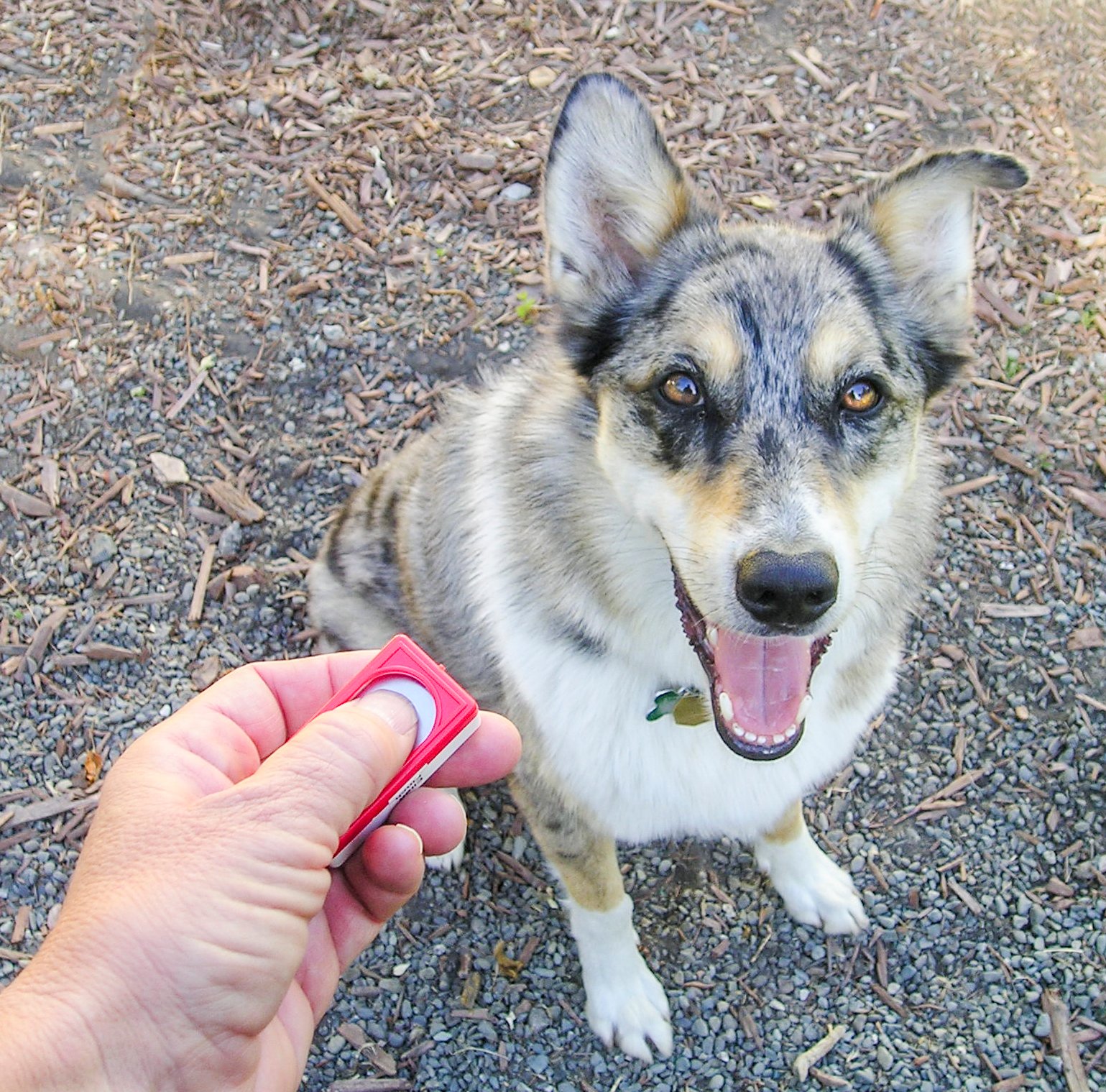
Yelling, hitting, or using shock collars—these are all clear signs of a bad dog owner. Fear-based training might get quick results, but it destroys trust and can leave lasting psychological scars. Dogs trained this way often cower, flinch, or act out aggressively, never really understanding what’s expected of them.
Positive reinforcement works better, but it takes patience. Bad owners often look for shortcuts, choosing intimidation over understanding. Witnessing a dog shrink away or tremble at their owner’s voice is a gut-wrenching reminder of how much damage harsh training can do.
Failing to Provide Identification
Losing a dog is every owner’s nightmare. Responsible dog parents make sure their pup has a collar, ID tag, and ideally a microchip. Bad dog owners skip this step, leaving their dogs vulnerable if they get lost. Stray dogs with no identification rarely find their way back home.
If you see a dog wandering without a tag or collar, it’s a sign of neglect. Providing identification takes just a few minutes, but it shows a level of care and foresight that bad owners simply don’t have. It’s a small thing that makes a huge difference in a dog’s safety and well-being.
Spotting a bad dog owner isn’t about passing harsh judgment—it’s about recognizing behaviors that compromise a dog’s well-being. The ten signs in this list, from neglecting basic needs to using harsh discipline or ignoring socialization, highlight patterns that can lead to unhappy, unhealthy pets. By understanding these red flags, we become better advocates for animals and more mindful pet parents ourselves. Every dog deserves compassion, structure, and respect—and it’s our responsibility to ensure they get it. Being a good dog owner means showing up with patience, care, and a commitment to giving our pets the best life possible.

Esther is from India; the heartbeat of South Asia, holding a Master’s degree in Zoology and a postgraduate diploma in Animal Welfare. Her enthusiasm for animal welfare drives her passion and dedication to working for animals, ensuring their well-being, and advocating for their rights. With a solid academic background and hands-on experience, she is committed to making a positive impact in the field of animal welfare. In her free time, she enjoys embroidery and sewing. As a Chennaite from Tamil Nadu, Esther loves Bharathanatyam, an Indian classical dance form.

